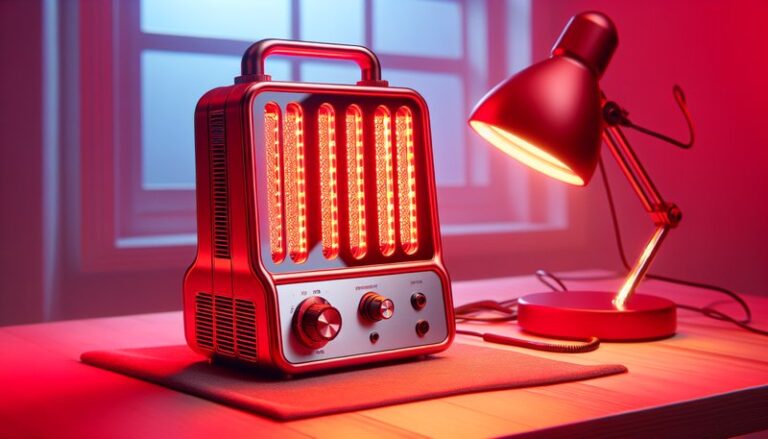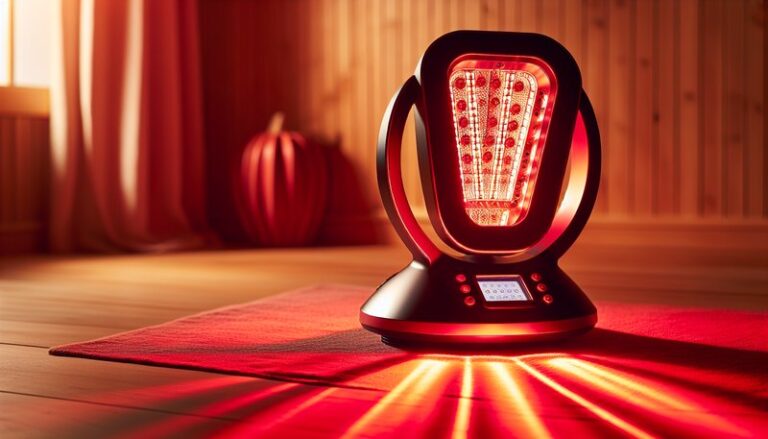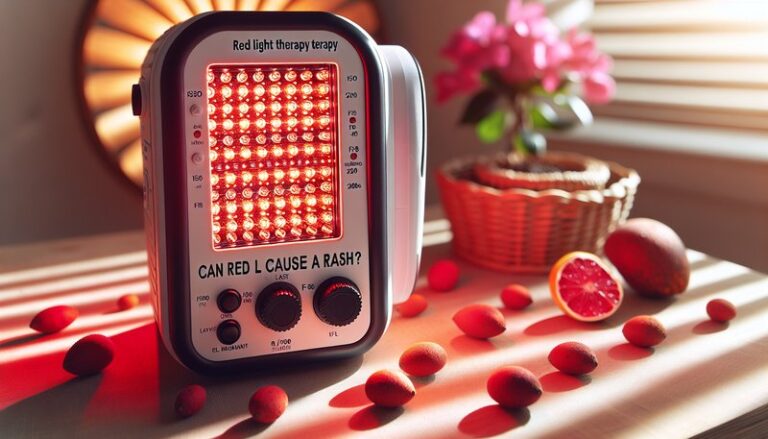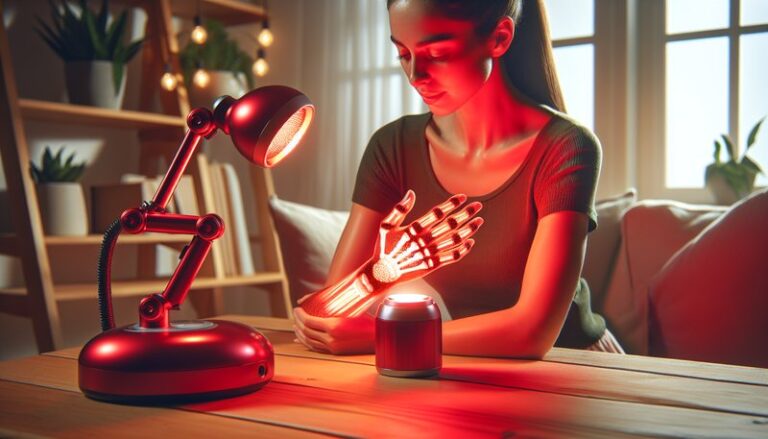Does Nasa Use Red Light Therapy?
Have you ever wondered how space agencies manage the health of astronauts during long missions? One intriguing question that arises is whether NASA incorporates red light therapy into its health regimen.
This article will explore the utilization of red light therapy by NASA, examining the science behind it, the benefits, and how it may be applied in space. We will also consider alternatives and common questions related to this innovative approach to wellness.
Key Takeaways
- NASA has investigated red light therapy for potential health benefits in astronauts.
- Red light therapy may aid in healing muscle damage and improving sleep quality.
- The use of this therapy aligns with broader research into non-invasive medical technologies for space exploration.
What is Red Light Therapy?
Red light therapy (RLT), also known as low-level laser therapy (LLLT), involves the use of specific wavelengths of light—typically red and near-infrared light—to promote healing and tissue recovery. This therapy is thought to stimulate the mitochondria in cells, boosting ATP production, which enhances cellular energy and accelerates healing processes.
RLT is primarily utilized in various medical settings, including dermatology for skin rejuvenation, physiotherapy for pain relief, and even in cosmetic treatments to improve skin tone and texture. Research into its applications continues to grow, particularly in sports medicine and rehabilitation.
NASA’s Interest in Red Light Therapy
NASA’s interest in red light therapy stems from the unique challenges faced by astronauts in microgravity environments. Studies conducted by the agency have examined RLT’s potential to mitigate muscle atrophy and accelerate recovery from injuries, which are common concerns in space missions. The low-energy requirement of RLT makes it a viable option for use in limited-resource environments like spacecraft.
What are the Benefits of Red Light Therapy?
Exploring the advantages of red light therapy reveals multiple potential benefits, particularly for astronauts facing strenuous conditions in space.
Promotes Muscle Recovery
Research indicates that RLT can enhance muscle recovery by reducing inflammation and promoting the repair of damaged tissues. This is crucial for astronauts who experience muscle weakening and loss of bone density in microgravity environments.
Improves Sleep Quality
RLT may also contribute to improved sleep quality. As sleep disruptions are prevalent among astronauts due to changes in circadian rhythms, red light therapy might help regulate these patterns by influencing melatonin production.
Enhances Mood and Reduces Fatigue
With the psychological strain of space travel, RLT has the potential to enhance mood and alleviate fatigue. Studies suggest that exposure to red light can stimulate serotonin production, which may help combat feelings of depression and anxiety.
Wound Healing and Skin Repair
The ability of RLT to promote faster wound healing is also particularly beneficial in a space setting, where injuries may become complicated by the constraints of limited medical resources.
Is it Possible to Implement Red Light Therapy in Space?
The feasibility of implementing red light therapy aboard spacecraft is not only possible but actively being researched. The considerations for integrating such technology into the life-support systems of a spacecraft revolve around safety, usability, and efficiency.
What are the Advantages of Using Red Light Therapy in Space?
The potential advantages of using red light therapy during space missions are compelling.
Non-invasive Treatment Option
Red light therapy is a non-invasive method that requires minimal equipment and can be easily integrated into an astronaut’s daily routine without interfering with other medical protocols.
Find out our perspective on Is Red Light Therapy Safe for Dogs?
Check out our breakdown Is Red Light Therapy Valuable?
Portability and Convenience
Devices used for red light therapy can be compact and portable, making them viable for use in spacecraft where space is at a premium.
Enhancement of Healthcare Strategies
Incorporating RLT into the overall healthcare strategy for astronauts could lead to more comprehensive health management, addressing physical and psychological well-being.
What are the Disadvantages of Using Red Light Therapy?
While red light therapy shows promise, there are considerations for its application in space.
Limited Research
Although research is expanding, the long-term effects of RLT in space remain largely theoretical. Further studies are needed to understand its efficacy thoroughly.
Device Dependency
Reliance on technology can pose risks if the equipment malfunctions or if astronauts misjudge the duration or intensity of therapy sessions.
Potential Overuse
There may be a risk of overuse, particularly if astronauts feel pressured to utilize every available resource for health optimization, leading to unnecessary treatment protocols.
What are the Things to Consider Before Implementing Red Light Therapy?
Before introducing red light therapy as a routine practice for astronauts, several critical factors should be considered.
Clinical Expertise Requirement
Proper application of RLT necessitates clinical understanding to ensure that astronauts receive the correct dosage and treatment duration tailored to their specific needs.
Monitoring Effects
Continuous monitoring of astronauts while using RLT is crucial to assess its effectiveness and identify any adverse effects promptly.
Integration with Other Therapies
Red light therapy should complement existing treatment modalities, requiring thorough planning to integrate it cohesively into holistic health strategies for space missions.
What are the Alternatives to Red Light Therapy?
While red light therapy showcases various potential benefits, several alternative therapies might also be considered for astronaut health management.
Exercise Regimens
Intensive exercise programs using specialized equipment can counteract muscle and bone loss in microgravity, which is a primary focus of NASA’s physical fitness plans for astronauts.
Nutritional Support
An optimized diet rich in vitamins and minerals can enhance overall health and recovery. Nutritional interventions may be combined with other therapies for a comprehensive approach.
Mindfulness and Stress Reduction Techniques
Incorporating psychological support methods, such as mindfulness and relaxation techniques, can address the mental health needs of astronauts.
Conclusion: Is it Recommended to Use Red Light Therapy?
Based on current research and the unique challenges faced by astronauts, incorporating red light therapy into NASA’s health and wellness protocols appears to be a promising possibility. As investigations continue, RLT may ultimately enhance astronaut health, aiding in recovery and well-being during extended space missions.
Frequently Asked Questions
Is red light therapy safe for astronauts?
Yes, red light therapy is generally considered safe when used correctly. Ongoing research and monitoring can ensure its safe application in space.
How often should red light therapy be used?
The frequency of use can vary based on individual needs and treatment goals. It is important for astronauts to consult with medical experts to determine the appropriate regimen.
Can red light therapy help with anxiety?
Some studies suggest that red light therapy may help reduce symptoms of anxiety through its effects on serotonin levels. However, more research is needed to confirm these benefits in space environments.
Are there specific devices recommended for red light therapy?
Various devices are available for red light therapy, ranging from handheld units to larger, designated panels. The choice depends on the intended use and available space.
What should astronauts do in case of side effects?
If astronauts experience any adverse effects, they should report these promptly to medical staff for assessment and potential adjustment of their treatment plan.





